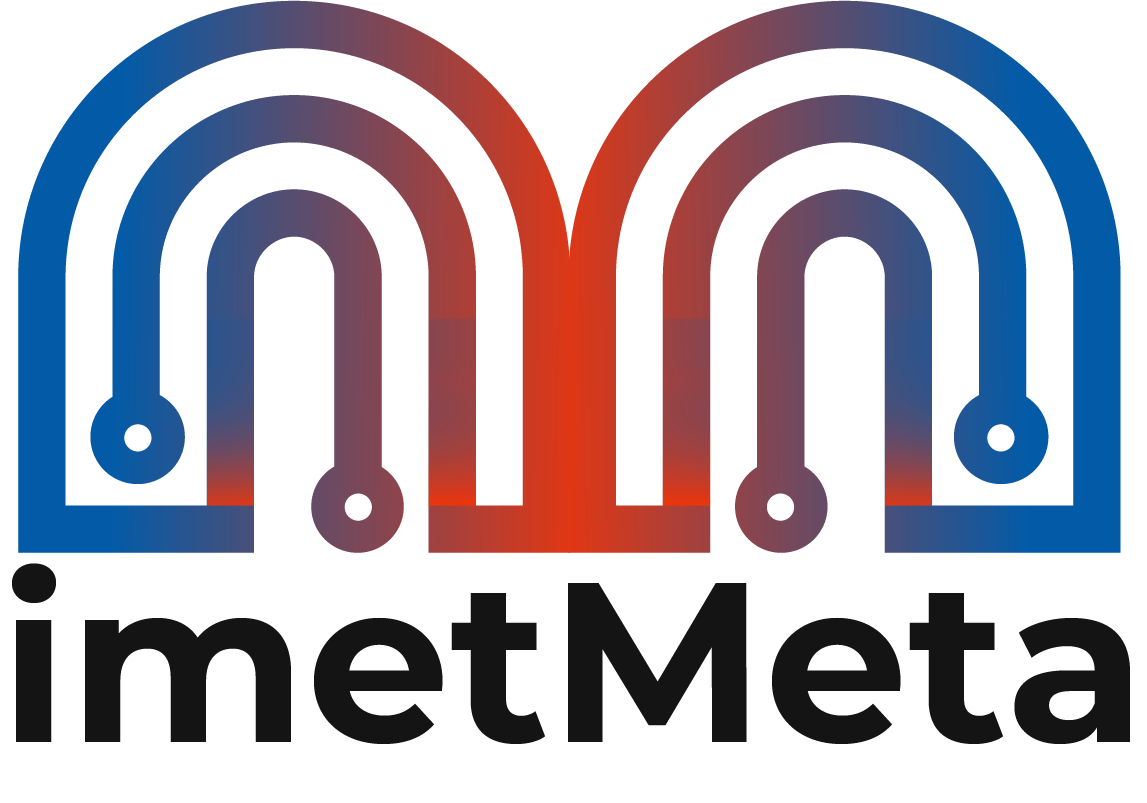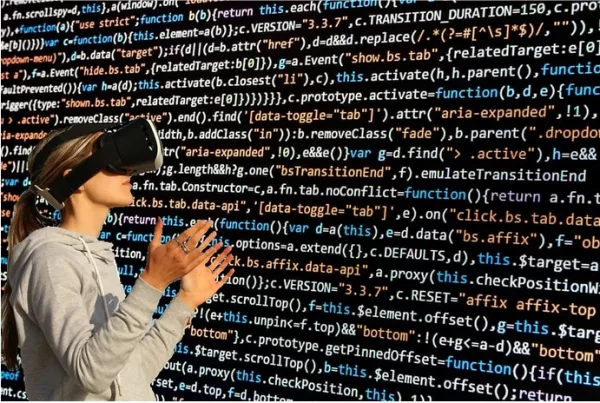As advanced technologies, ranging from the metaverse to blockchain-based currencies and platforms, continue to gain mainstream appeal, there has been some confusion among increasingly common terms.
Many people have used “Web3” and “Web 3.0” interchangeably. This is understandable, especially since there’s so much overlap. Still, there are a few important differences between Web3 and Web 3.0. We’ll discuss them here.
What is Web 3.0?
In simple terms, Web 3.0 refers to the next iteration of the web. Right now, that’s a bit ambiguous. Several experts have ideas of what that might look like. But first, here’s a quick summary of Web 1.0 and 2.0.
Quick Summary of Web 1.0 and 2.0
Web 1.0 was largely static and consisted mostly of information (although it still had social components). It lasted roughly from the early 90s to the mid-2000s.
The era of Web 2.0 ushered in the “social web,” largely defined by social networking sites and the increased ease of publishing content online. It also implemented many of the changes that stemmed from use cases during the years of Web 1.0. This especially includes enhancements to communication channels (including and beyond social media) and advanced UI/UX practices. It also connected us to the mobile web.
It’s worth noting that we’re still in the era of Web 2.0.
The Dawn of Web 3.0
However, we are seeing the dawn of Web 3.0 – and in these early days, it’s a little difficult to say exactly what “the next iteration of the web” will actually look like.
Predictions for Web 3.0
Many experts, including Tim Burgess Lee (the inventor of the World Wide Web) believe it will be the semantic web. In other words, AI propels machine-reading algorithms and unified APIs to better understand the semantics of language and meaning.
Here’s a quick example. Right now, Google recommends embedding a variety of “clues” in a website’s code to help provide more semantic meaning for its search engine. Schema and image alt attributes are a couple of examples. This helps Google know what the website is about when it’s considering which websites to rank in its search results. However, with the semantic web, Google’s search engine could read and understand a website’s content the same way that a human would. This is already happening.
Others envision a spatial web. This includes having the web embedded in our surroundings – hence “spatial” web. This is actually one aspect of what we consider a true metaverse. It’s also one of the methods that we’ll use to access the metaverse.
Of course, this could mean a “3D” version of the web, one in which we can move around in a virtual space. “Spatial,” in this sense, also means that sounds are proportional to their perceived distance.
We believe that Web 3.0 will include a combination of all these technologies and concepts since the metaverse is expected to better blend the physical with the digital. It will likely also include more features and functionality than we can currently imagine.
Decentralization in Web 3.0
One of the most important concepts driving these ideas is decentralization. To understand this concept, consider the current Internet. No one owns it, but anyone can build their own part of it. This includes building a website, setting up a web server, building a data center, and so on. However, recent innovations are building on the idea of decentralization – and that brings us to Web3.
What is Web3?
Gavin Wood, co-founder of Ethereum, coined this term back in 2014. It describes a possible future of the web.
Blockchain Tech
Web3 – as in, no dot or space – typically refers to technologies and ideas that are based on blockchain platforms. Specifically, it puts a focus on the decentralized nature of technologies built on blockchains. Obviously, cryptocurrencies, NFTs, and smart contracts fall under this category.
Much of this means taking power away from centralized platforms (banks, institutions, etc), and putting it in the hands of users. This means giving people control over their digital data. Centralized platforms currently collect significant amounts of data and use them as they see fit. While their intended use is publicly available, it’s often buried in long TOC pages filled with complicated legal jargon.
In other words, most of us have no idea how our data is being used or who actually has it. Web3 can help change this by decentralizing and democratizing data. It can also help reduce moderation, regulations, and censorship. These concepts were at the heart of Bitcoin’s development.
Web3 Predictions
According to many Web3 futurists, this means turning just about everything – transactions, records, social media posts, art, and even some real-world assets – into tokens on the blockchain.
However, not all blockchain enthusiasts believe that Web3 should be taken quite this far.
Regardless, smart contracts are expected to play a significant role in Web3 (in fact, they already do in its current early phase). The ability to program specific functions and behavior directly into the currency without an intermediary has the potential to revolutionize finance.
This, combined with the ideas of decentralized finance, have given rise to the idea of “Defi” (decentralized finance). If implemented correctly, it has the potential to replace banks. However, that means that global economies will likely need to be rebuilt on blockchain platforms.
Decentralization
As we’ve discussed, the concept of decentralization plays a crucial role in both Web3 and Web 3.0. However, there are different models and contexts at play. Here’s a quick look at some of the most prominent.
As I said earlier, Web 3.0 is expected to be “decentralized” in the sense that anyone can build and contribute to it, just like we can with the current web. This will also be true if Web 3.0 ends up being the metaverse.
However, there is another type of decentralization that applies to Web3. To quickly summarize, blockchain records are stored on several networks of computers, rather than on one centralized server or network. But we’re not just talking about one piece of it here and another piece there. Rather, the entire blockchain ledger is stored on each computer of users that participate in the platform.
This allows several sources to verify each transaction as legitimate. It also means that if one source of information goes down, there are plenty of backups for the entire record that are updated in real time.
Cryptocurrency is typically earned by verifying transactions. Each person participating on the network receives a reward when their computer verifies the transaction.
Remember that this is a quick and simplified explanation of decentralized blockchains. It’s a topic worth delving into, but an exhaustive explanation is beyond the scope of this post.
Here are the two forms of decentralized systems. Note that neither relies on a centralized authority when implemented correctly.
Federated Decentralized System
Several independent data sources – usually databases – are networked and designed to operate as a single unit. Data isn’t stored in a single location. This allows users to control where data is stored. However, data loss in one area can impact the data stored everywhere else.
Absolute Decentralized System
Absolute systems more closely resemble decentralized blockchains. Full copies of transactions, records, and other data are distributed to each and every participant. Users can request data from the nearest source (typically determined automatically).
Absolute systems are typically faster but require significant computing power. Data remains persistent since the entire record is distributed to every participant.
Implementations of Each System
Classic Web 3.0 projects typically use the federated model. It’s especially useful for decentralized storage.
Web3 enthusiasts typically prefer absolute systems. It’s the one that’s expected to take power away from banks and other large organizations. Some even believe that it can take more power back from the government.
The Overlap Between Web3 and Web 3.0
Cryptocurrencies, NFTs, and blockchain transactions and records are at the heart of so many platforms that comprise our current iteration of the metaverse. They are also expected to play a significant role in the future of the internet. So, blockchain-based technologies (Web3) are very likely to be part of Web 3.0.
The idea of decentralization also plays a crucial role in both Web3 and Web 3.0.
Summary
To summarize, Web3 refers to a possible future of the web comprised of blockchain-based technologies. This includes cryptocurrencies, NFTs, Defi, dapps, smart contracts, and so much more. It also includes the philosophical ideas, concepts, and principles driving those technologies.
Web 3.0 ambiguously refers to the next iteration of the web. This could include a number of things, but semantics, Web3, spatial tech, decentralization, and the metaverse are currently expected to play crucial roles in it.









Recent Comments